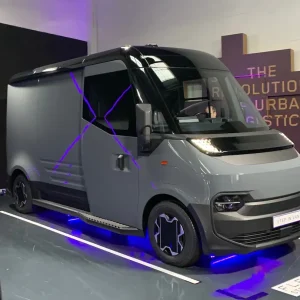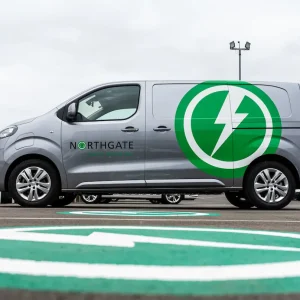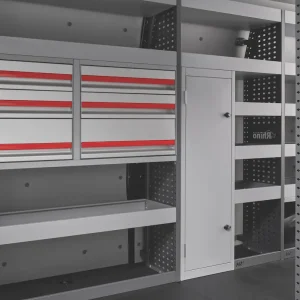The Combo was first introduced to the UK in 1996.
With its Corsa-inspired front end and styling it was one of the first true car-cube vans. Along with the likes of the Fiat Fiorino and Renault Extra, they grew from the simple hatchback-derived vans of the period. Chucking out the rear seats and panelling-in the side windows had been a quick and cheap way to make a small van since the days of the Morris Minor but the 1990s saw the Berlingo-driven revolution in compact LCVs and the Combo was at the forefront.
This third-generation Combo first saw the light of day in December 2011, going on-sale in early 2012 and lasting until the end of 2018 when the PSA-derived fourth generation launched. Built in Turkey and utilising a mix of Fiat’s Fire series petrol engines and Vauxhall/Opel and Fiat common-rail diesels, it will nevertheless be hailed as the last embodiment of the real Vauxhall Combo, despite some obvious Doblo flavours.
This Combo was available in two wheelbases – 2,755mm or 3,105mm – giving an overall vehicle length of 4.39m and 4.74m respectively, as well as two roof heights, 1.85m or 2.10m.
With options of one or two sliding side loading doors and an additional rear roof hatch to transport over-length loads such as ladders, it ticked all the car-cube versatility boxes. With up to 3.4m3 of cargo space in short-wheelbase form and 4.2m3 with the longer wheelbase, the Combo offered one of the largest load volumes in this sector and payloads were equally generous, ranging from 705kg to 1,000kg depending upon model, giving the Combo something of a cross-class capability, being only the weight of a passenger off matching the start point payload of the much larger Vivaro. No mean feat.
The four diesel engines available could also punch above their weight. These comprised a 1.3 CDTi and a 1.6 CDTi, each with a decent 90hp, as well as an upgraded 1.6 CDTi variant with 105hp and a single 2.0 CDTi thumper topping the charts at 135hp. The 1.3 CDTi was mated to five-speed manual transmissions, while the more powerful units had six-speed gearboxes. The 1.6 CDTi was also offered with Vauxhall’s Tecshift automated five-speed manual transmission. Unless you spend all day in jams this unit – essentially a single-clutch automated manual – is best avoided. It’s a little jerky when manoeuvring and dim-witted everywhere else, but for fleets it was at least gorilla-proof.
Typical of Vauxhall and Fiat, standard kit was generous including remote dead locking, a height- and reach-adjustable steering column, electric windows, a height-adjustable driver’s seat and dealer upgrades such as DAB.
The Combo is generally pretty reliable. We have heard of some cabin quality issues with switchgear and column adjusters and rear suspension wear – which could be indicative of overloading – but all the mechanicals seem tough enough.
Five best options
1) 105hp engine
2) 135hp engine
3) Six-speed manual transmission
4) Long-wheelbase versions
5) Roof hatch
Five best avoided
1) 1.3 90hp engine
2) Ex-fleet high-milers
3) Tecshift auto transmission
4) Basic trim versions
5) The high roof with lower-powered engines
Five good second-hand buys
|
Version |
Plate |
Year |
Mileage |
Price ex.VAT |
|
1.6CDTi 2300 L1H1 Auto |
15 |
2015 |
55,000 |
£7,499 |
|
1.3CDTi 2000 L1H1 |
16 |
2016 |
24,000 |
£6,995 |
|
1.3CDTi 2300 L2H1 |
66 |
2016 |
18,600 |
£8,495 |
|
1.3CDTi 2300 L2H1 |
67 |
2018 |
14,200 |
£8,995 |
|
1.6CDTi 2300 L2H1 |
18 |
2018 |
12,500 |
£9,250 |





